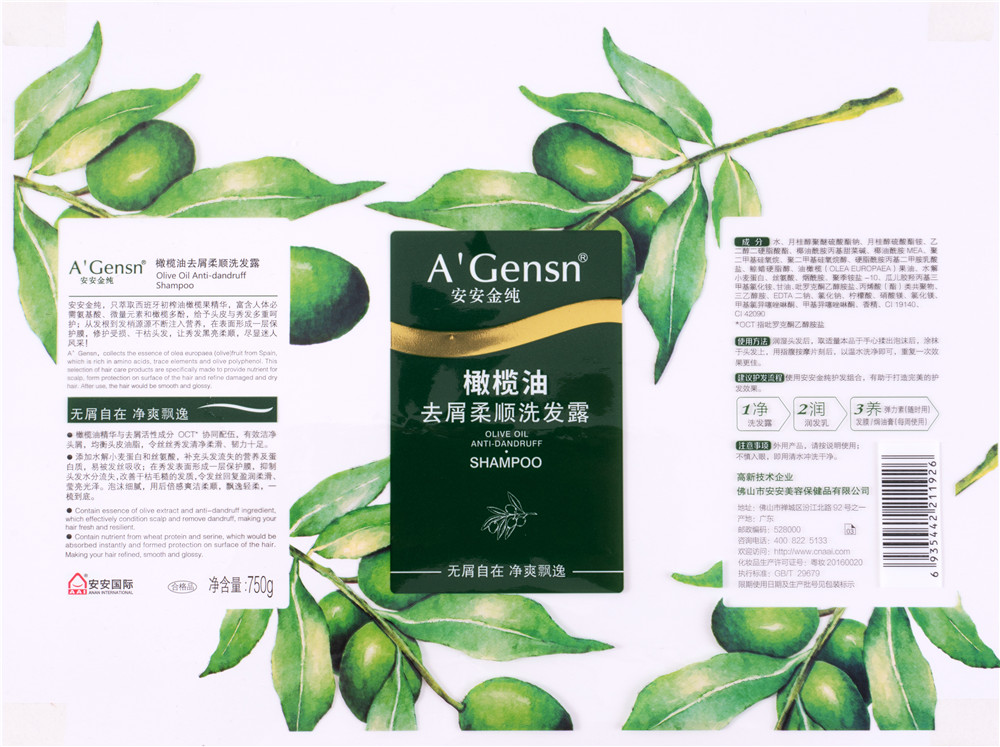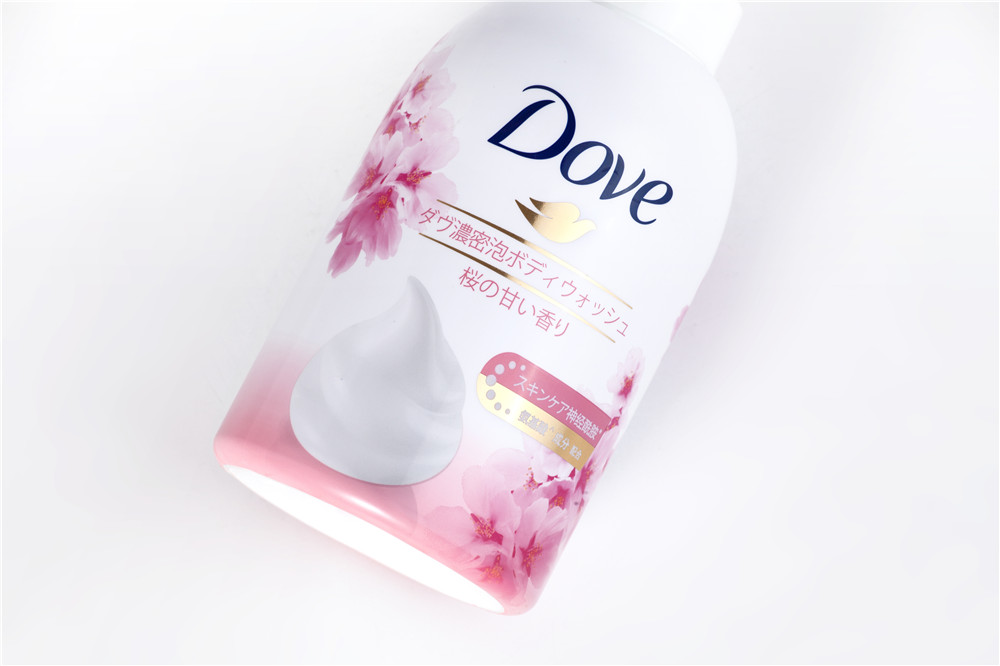How Does Cold Foil Differ from Hot Foil Stamping?
When it comes to adding a touch of elegance and sophistication to printed materials, foil stamping is a popular choice. Foil stamping involves the application of metallic or pigmented foil onto various surfaces, enhancing the visual appeal and creating a luxurious effect.
Two common techniques used in foil stamping are cold foil and hot foil stamping. While both methods achieve a similar result, they differ in their process and application.
Hot foil stamping, as the name suggests, employs heat to transfer the foil onto the substrate. The process involves a metal die, which is heated, and the foil is placed between the die and the substrate. When pressure is applied, the foil is transferred onto the surface, creating a vibrant and glossy metallic finish.
Hot foil stamping machines are equipped with heated metal dies, which are typically made from brass. These dies are custom-made based on specific design requirements. The machine also includes a foil feeder, which feeds the foil into the stamping area. The heated die, combined with pressure, transfers the foil onto the substrate.
Unlike hot foil stamping, cold foil doesn't require heat for application. It utilizes a UV-sensitive adhesive that is applied to the substrate in the desired design or pattern. The foil, in the form of a narrow web, is then pressed onto the adhesive-coated areas. The foil adheres to the adhesive while the non-adhesive areas remain untouched, creating a striking metallic effect.
Cold foil stamping utilizes a different set of equipment. It requires a cold foil unit that is compatible with the printing press. This unit consists of a foil feeding mechanism, an adhesive applicator, and a UV curing system. The foil feeding mechanism feeds the foil web into the adhesive applicator, which applies the UV-sensitive adhesive to the substrate. The foil is then pressed onto the adhesive-coated areas and cured instantly using the UV curing system.

Hot foil stamping is compatible with a wide range of materials, including paper, cardboard, leather, and certain types of plastics. The heat and pressure applied during the process ensure excellent adhesion of the foil to the substrate, resulting in a durable and long-lasting finish.
Cold foil stamping is primarily used on paper and cardboard substrates. The UV-sensitive adhesive used in cold foil stamping adheres well to these materials, allowing for effective transfer of the foil. However, it may not provide the same level of adhesion on certain plastics or other non-absorbent surfaces.
Hot foil stamping offers a wide variety of metallic colors, including gold, silver, copper, and bronze. It can also produce holographic and specialty effects, such as matte, gloss, and even embossed textures. The heat and pressure applied during hot foil stamping ensure a vibrant and reflective finish.
Cold foil stamping also provides an extensive range of metallic colors, including silver, gold, and various shades of metallic hues. However, the metallic effect achieved through cold foil stamping may appear slightly different compared to hot foil stamping. Cold foil can create a more subtle and reflective effect due to the absence of heat, resulting in a unique aesthetic.
Hot foil stamping is generally a slower process compared to cold foil stamping. The heating and cooling time of the metal die, as well as the careful alignment required for each impression, contribute to the longer production time. Each foil stamping impression needs to be done individually, which can slow down the overall production process, especially for large print runs.
Cold foil stamping, on the other hand, is a more efficient and faster process. As it doesn't require heating and cooling cycles for the metal dies, the application can be done in a continuous manner. The foil is transferred onto the substrate in a single pass through the printing press, allowing for higher production speeds and increased efficiency.
Hot foil stamping generally involves higher upfront costs due to the need for custom-made metal dies. The production of these dies requires skilled craftsmanship and precision, which adds to the expenses. Additionally, the slower production speed may result in higher labor costs, especially for large print runs.
Cold foil stamping tends to be more cost-effective in terms of tooling and setup. The absence of custom dies reduces initial expenses, making it a more accessible option for smaller print jobs. Moreover, the faster production speed can help minimize labor costs, making cold foil stamping a viable choice for high-volume printing.

In summary, both cold foil and hot foil stamping techniques offer unique advantages and are suitable for different applications.
Hot foil stamping provides a vibrant and durable metallic finish, making it ideal for a wide range of materials and design effects. Cold foil stamping, on the other hand, offers efficiency, cost-effectiveness, and the ability to achieve subtle metallic effects.
The choice between the two methods ultimately depends on factors such as substrate compatibility, design requirements, budget considerations, and production speed. Whether you opt for the timeless elegance of hot foil stamping or the efficiency of cold foil stamping, both techniques can elevate your printed materials and add a touch of luxury that captures attention.
Two common techniques used in foil stamping are cold foil and hot foil stamping. While both methods achieve a similar result, they differ in their process and application.
Process of Cold Foil Printing and Hot Foil Stamping
Hot Foil Stamping
Hot foil stamping, as the name suggests, employs heat to transfer the foil onto the substrate. The process involves a metal die, which is heated, and the foil is placed between the die and the substrate. When pressure is applied, the foil is transferred onto the surface, creating a vibrant and glossy metallic finish.
Hot foil stamping machines are equipped with heated metal dies, which are typically made from brass. These dies are custom-made based on specific design requirements. The machine also includes a foil feeder, which feeds the foil into the stamping area. The heated die, combined with pressure, transfers the foil onto the substrate.
Cold Foil Printing
Unlike hot foil stamping, cold foil doesn't require heat for application. It utilizes a UV-sensitive adhesive that is applied to the substrate in the desired design or pattern. The foil, in the form of a narrow web, is then pressed onto the adhesive-coated areas. The foil adheres to the adhesive while the non-adhesive areas remain untouched, creating a striking metallic effect.
Cold foil stamping utilizes a different set of equipment. It requires a cold foil unit that is compatible with the printing press. This unit consists of a foil feeding mechanism, an adhesive applicator, and a UV curing system. The foil feeding mechanism feeds the foil web into the adhesive applicator, which applies the UV-sensitive adhesive to the substrate. The foil is then pressed onto the adhesive-coated areas and cured instantly using the UV curing system.

Material Compatibility
Hot Foil Stamping
Hot foil stamping is compatible with a wide range of materials, including paper, cardboard, leather, and certain types of plastics. The heat and pressure applied during the process ensure excellent adhesion of the foil to the substrate, resulting in a durable and long-lasting finish.
Cold Foil Printing
Cold foil stamping is primarily used on paper and cardboard substrates. The UV-sensitive adhesive used in cold foil stamping adheres well to these materials, allowing for effective transfer of the foil. However, it may not provide the same level of adhesion on certain plastics or other non-absorbent surfaces.
Color Options and Effects
Hot Foil Stamping
Hot foil stamping offers a wide variety of metallic colors, including gold, silver, copper, and bronze. It can also produce holographic and specialty effects, such as matte, gloss, and even embossed textures. The heat and pressure applied during hot foil stamping ensure a vibrant and reflective finish.
Cold Foil Printing
Cold foil stamping also provides an extensive range of metallic colors, including silver, gold, and various shades of metallic hues. However, the metallic effect achieved through cold foil stamping may appear slightly different compared to hot foil stamping. Cold foil can create a more subtle and reflective effect due to the absence of heat, resulting in a unique aesthetic.
Production Speed
Hot Foil Stamping
Hot foil stamping is generally a slower process compared to cold foil stamping. The heating and cooling time of the metal die, as well as the careful alignment required for each impression, contribute to the longer production time. Each foil stamping impression needs to be done individually, which can slow down the overall production process, especially for large print runs.
Cold Foil Printing
Cold foil stamping, on the other hand, is a more efficient and faster process. As it doesn't require heating and cooling cycles for the metal dies, the application can be done in a continuous manner. The foil is transferred onto the substrate in a single pass through the printing press, allowing for higher production speeds and increased efficiency.
Cost Considerations
Hot Foil Stamping
Hot foil stamping generally involves higher upfront costs due to the need for custom-made metal dies. The production of these dies requires skilled craftsmanship and precision, which adds to the expenses. Additionally, the slower production speed may result in higher labor costs, especially for large print runs.
Cold Foil Printing
Cold foil stamping tends to be more cost-effective in terms of tooling and setup. The absence of custom dies reduces initial expenses, making it a more accessible option for smaller print jobs. Moreover, the faster production speed can help minimize labor costs, making cold foil stamping a viable choice for high-volume printing.

In summary, both cold foil and hot foil stamping techniques offer unique advantages and are suitable for different applications.
Hot foil stamping provides a vibrant and durable metallic finish, making it ideal for a wide range of materials and design effects. Cold foil stamping, on the other hand, offers efficiency, cost-effectiveness, and the ability to achieve subtle metallic effects.
The choice between the two methods ultimately depends on factors such as substrate compatibility, design requirements, budget considerations, and production speed. Whether you opt for the timeless elegance of hot foil stamping or the efficiency of cold foil stamping, both techniques can elevate your printed materials and add a touch of luxury that captures attention.
